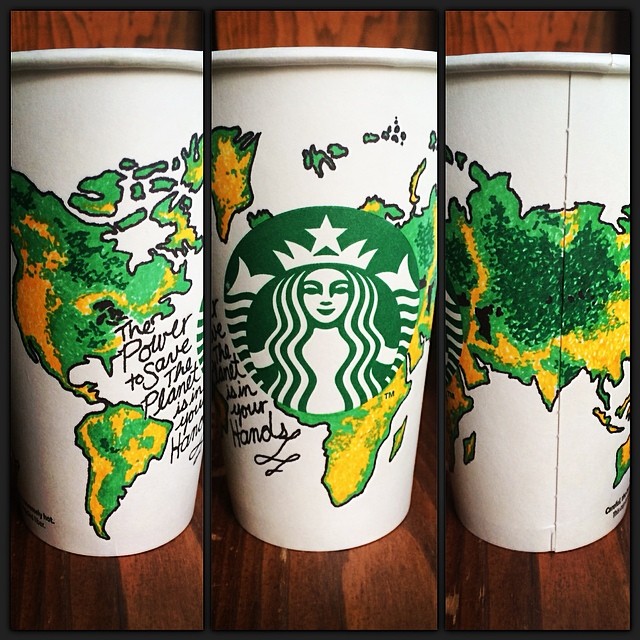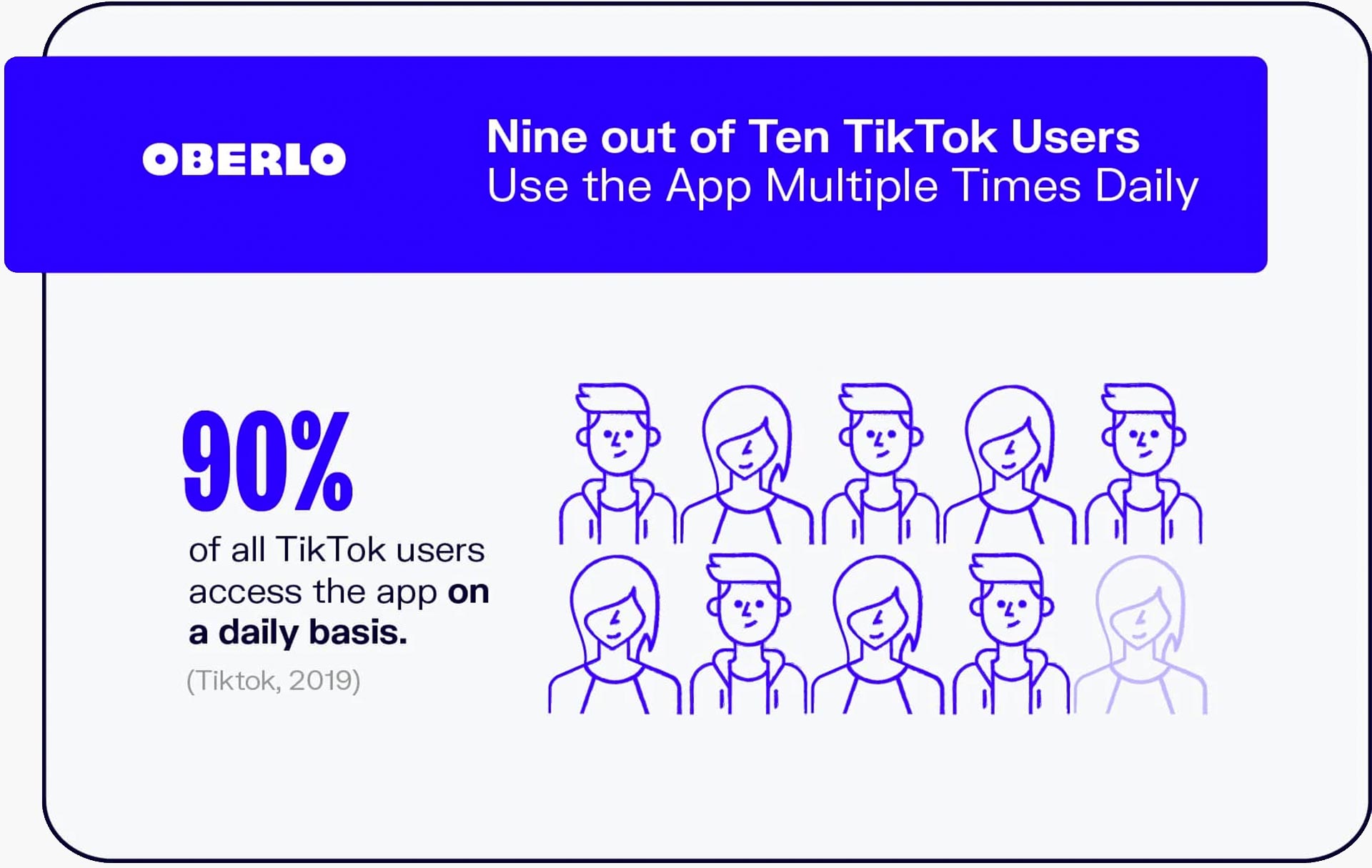Social media has transformed the way that we approach marketing. With the power to target highly relevant audiences almost instantaneously, social media offers a direct line of contact with customers and prospects alike, allowing businesses to share announcements, offers and news in real-time.
With the ability to respond to customer queries and concerns in a public forum, social media helps brands show their customers who they are, what they stand for, and how they handle any problems that may arise.
This level of transparency, paired with the ability to create social ‘hubs’ where customers can get together and interact — both with their favourite brands and with each other — makes social media a great brand building tool, and is vital to establishing trust with audiences.
Here are our top 16 social media statistics for the year, and what they mean for marketers.
1. The number of social media users increased by more than 12% (over 450 million new users) since 2019
“
Marketers will need to focus their attention on producing high quality content that cuts through the marketing noise in order to engage with their customers.
”
We’re expecting that social media penetration will continue to grow. While this offers brands the opportunity to market to a wider audience and grow their reach, businesses will also need to take care not to get lost in the crowd.
As social media continues to grow in influence, brands are likely to meet higher levels of competition as other brands pour more resources into social media marketing. Marketers will need to focus their attention on producing high quality content that cuts through the marketing noise in order to engage with their customers.
2. 99% of social media users connect via mobile
It should come as no surprise that most social media users access social platforms via their smartphones. While most social media platforms are optimised for mobile devices, there are still many things that you can do to enrich the mobile experience:
- Create photos and videos in the right aspect ratios for your chosen platforms.
- Include your phone number and email address on your page, allowing users to contact you with ease.
- Optimise your website for mobile to ensure a smooth transition between social media and external pages
- Use polls and competitions to engage with your customers and generate discussion
- Respond to all queries, concerns and complaints in a timely manner
- Maintain a consistent brand voice across all interactions with your customers
3. In the latest data from Statista, users spend an average of 144 minutes per day on social media
While we expect that this number may drop a bit as people return to work after lockdown, these numbers indicate that marketers should be dedicating more resources to the social media platforms where their customers are spending so much of their time.
To maximise engagement on social media, brands should focus on producing high quality content that keeps customers coming back for more.

4. YouTube reports a logged-in audience of 2 billion users per month, but SEMRush reports that Youtube receives an average of 3.5 billion unique visits per month
While we suspect that there is likely a bit of an overlap here — with users logged into YouTube on one device but not another — these findings still offer valuable insights for marketers.
With as much as an extra 1.5 billion views up for grabs on YouTube, it pays to optimise your video for search, and share your videos on other social media platforms to ensure that your customers can find them independently of the YouTube platform.
5. Google reports that 30-second video ads on Youtube have a 30% higher view-through rate than 15-second ads
In this test, Google ran a 15-second ad, a 30-second ad and a 2-minute ad, and their results were a little surprising. The 15-second ad was the worst performing and most commonly skipped of the three.
This suggests that shorter video content may not always be better.
With viewers found to be more willing to spend 2 minutes watching a more informative ad, than 15 seconds on a less-informative one, marketers should focus on telling a better story rather than a quicker one.
6. The latest Kenshoo Quarterly Trends Report showed that social media ad-spend has taken a nosedive, down by 13% on last year
However, this same report also found that people were clicking on a significantly higher number of ads between April and July 2020, and that the average cost of reaching 1000 people had fallen by 30%.
What this means for marketers in 2021 will likely vary by industry and by country.
Those that are better able to recover from the effects of the pandemic will likely be able to resume their ad-spend quickly, leading to a higher cost-per-click (CPC) as competition intensifies.
On the other side of the coin are those who were hardest hit by the pandemic. Faced with a recession and wide-spread business closures, these markets may find a long-term reduction in competition and a lasting dip in CPC.
The more resilient businesses within these markets will be able to take advantage of lower costs and higher click-through rates by committing more of their budget towards social media advertising in 2021.
7. User-generated content receives a 28% higher engagement rate than company posts
In fact, Hubspot discovered that 90% of purchasing decisions are led by user-generated content in 2020.
In order to take advantage of this influential — and free! — content, marketers should focus on building strong communities around their brands and encouraging their customers to create more user-generated content.
Starbucks White Cup Contest:

Starbucks encouraged their customers to get creative by decorating one of their cups and uploading a picture with the hashtag #whitecupcontest
8. Ads based on user-generated content have a click-through rate 4 times higher than company-generated content, and see a 50% drop in CPC compared to regular ads
Not only should brands be encouraging user-generated content, they should be actively incorporating it into their content marketing strategies, and sharing it on their websites and social media pages.
National Geographic wanderlust contest:

Recognising that their readers were the best promoters for their brand, National Geographic encouraged people to share exciting pictures and videos of their adventures with the hashtag #wanderlustcontest to win a photo expedition with an official National Geographic photographer.
9. 71% of consumers who have had a positive experience with a brand on social media say they are likely to recommend the brand to their friends and family
“
By actively engaging with your customers and showing that you’re willing to resolve issues as they arise, you’re proving to your audience that you’re a brand worth trusting.
”
Brands should be prioritising responsiveness on social media. That means answering customer queries, resolving problems quickly and responding to complaints — not just deleting them!
This transparency will help you build trust with your audience, leading to better long term customer relationships. It also gives you the opportunity to turn a negative experience — such as damaged items — into a positive experience by resolving problems quickly for your customers.
By actively engaging with your customers and showing that you’re willing to resolve issues as they arise, you’re proving to your audience that you’re a brand worth trusting.
Commit yourself to offering positive online experiences to encourage those all-important recommendations and reviews.
10. 7 out of 8 internet users play games. That’s roughly 3.5 billion people, three quarters of which play games on their phones.

With roughly 2.6 billion people playing games on their phones, a partnership with a popular gaming app can present an excellent opportunity to grow brand awareness.
Brands may even wish to consider producing their own games in 2021. Luxury brands such as Louis Vuitton, Dior and Gucci have all demonstrated the value of brand-made games in growing brand awareness and building excitement around an upcoming launch.
We’re also seeing an increasing interest in eSports — both spectating and competing. Marketers may find opportunities to advertise to these communities through team sponsorships and brand-hosted tournaments. And with key eSports players fast becoming the influencers of their generation, marketers could benefit from partnerships with eSports stars who have the power to reach a younger fanbase.
Red Bull is an excellent example of a brand that has turned eSports sponsorships and tournaments into powerful marketing tools that reach hundreds of thousands of fans.
With the global games market generating roughly $159.3 billion in revenue in 2020, the video game industry is larger than both the movie and music industry combined! Marketers looking to reach a younger audience will need to get creative in their approach to this exciting and vastly untapped new marketing channel.
11. A third of internet users between the ages of 45 and 64 report spending more time on social media due to Covid-19 and lockdown restrictions.
Many older users who were previously reluctant to use social media have since become familiar with platforms such as Facebook in order to stay in contact with friends and family during 2020.
While we are expecting time spent on social media to drop as the world emerges from lockdown, 2021 presents an opportunity for marketers to tap into older markets who are now a little more tech-savvy.
12. 47% of Gen Z users use social media to conduct brand research
With just under half of Gen Z users conducting brand research via social media, brands should be building up their social media presence in order to help this rapidly growing demographic make purchasing decisions.
Your social media pages should clearly demonstrate your brand’s identity, values and key messaging, and incorporate user-generated content to give your Gen Z audience clear insight into your brand.
Take care to respond to customer queries, complaints and reviews in a timely manner, and resolve issues quickly. Many users may take a brand’s responsiveness into account when deciding whether or not to make a purchase.
13. 78% of users want companies to address important social justice issues
And with a further 76% of users saying that they would refuse to purchase from a company upon learning that it supported an issue that was contrary to their beliefs, the world is growing increasingly more socially and environmentally aware.
Brands who can demonstrate that they are conducting their business in an ethically, socially and environmentally responsible way will be held in higher esteem by their customers than those who do not.
In 2021, brands should be focusing on supporting the issues that matter to them — and their customers — reducing their carbon footprint and working towards sustainability and net-zero operations.
14. In June 2018, TikTok had roughly 500 million active monthly users. TikTok’s monthly active users have now swollen to an estimated 800 million
Initially almost exclusive to Chinese users, TikTok is now expanding its influence across the world, opening up new opportunities for brands to connect with new markets.
The raw, unedited-style of the video content on TikTok offers an excellent opportunity to share user generated content, and can also be used to share exclusive behind-the-scenes footage that can help build trust in a brand.

15. 41% of TikTok users are between the ages of 16 and 24
With such a relatively young user-base, TikTok is a particularly powerful platform for businesses who have a younger target market.
As TikTok’s influence increases across the world in 2021, marketers may find new trends and niches opening up on the platform, and may discover new influencers who can speak directly to a younger audience.
16. It’s estimated that the average person will spend 100 minutes a day watching online videos in 2021, a 19% increase on 2019’s 84 minutes a day.
Video marketing is well known for its ability to turn complex and abstract ideas into memorable, digestible and highly engaging content.
In fact, it’s been found that video ads are the #1 way that consumers discover a brand that they later purchase from. With more and more video streaming through our screens each year, marketers need to develop a strong video marketing strategy in order to engage with customers and keep their brand top-of-mind in 2021.
And with 62% of people saying that they were more interested in a product after seeing it in a Facebook Story, marketers should consider incorporating social media ‘stories’ into their video marketing strategies. Platforms such as Facebook, Instagram, Snapchat and, most recently, LinkedIn, all offer excellent story-sharing services.
Connect with your customers on the platforms that matter
The only certainty about social media is that there is no certainty. What’s popular today may be all but forgotten by next year. That’s why it’s important to keep an eye on growing trends and shifts within the market, and within your audience.
By monitoring marketing trends, you’ll be able to take advantage of new opportunities, or jump ship before a failing topic or trend begins to impact your bottom line.
If you need help deciding which social media channels you should be focusing on in your marketing strategy — and how to make the most of them — talk to The Walk today. We can evaluate your current social media presence, assess your target audience and competitors for new opportunities and trends within your industry, and bring it all together into a social media marketing plan that delivers the best ROI for your brand.





Be the first to comment on "16 social media statistics and what they’ll mean for marketers"